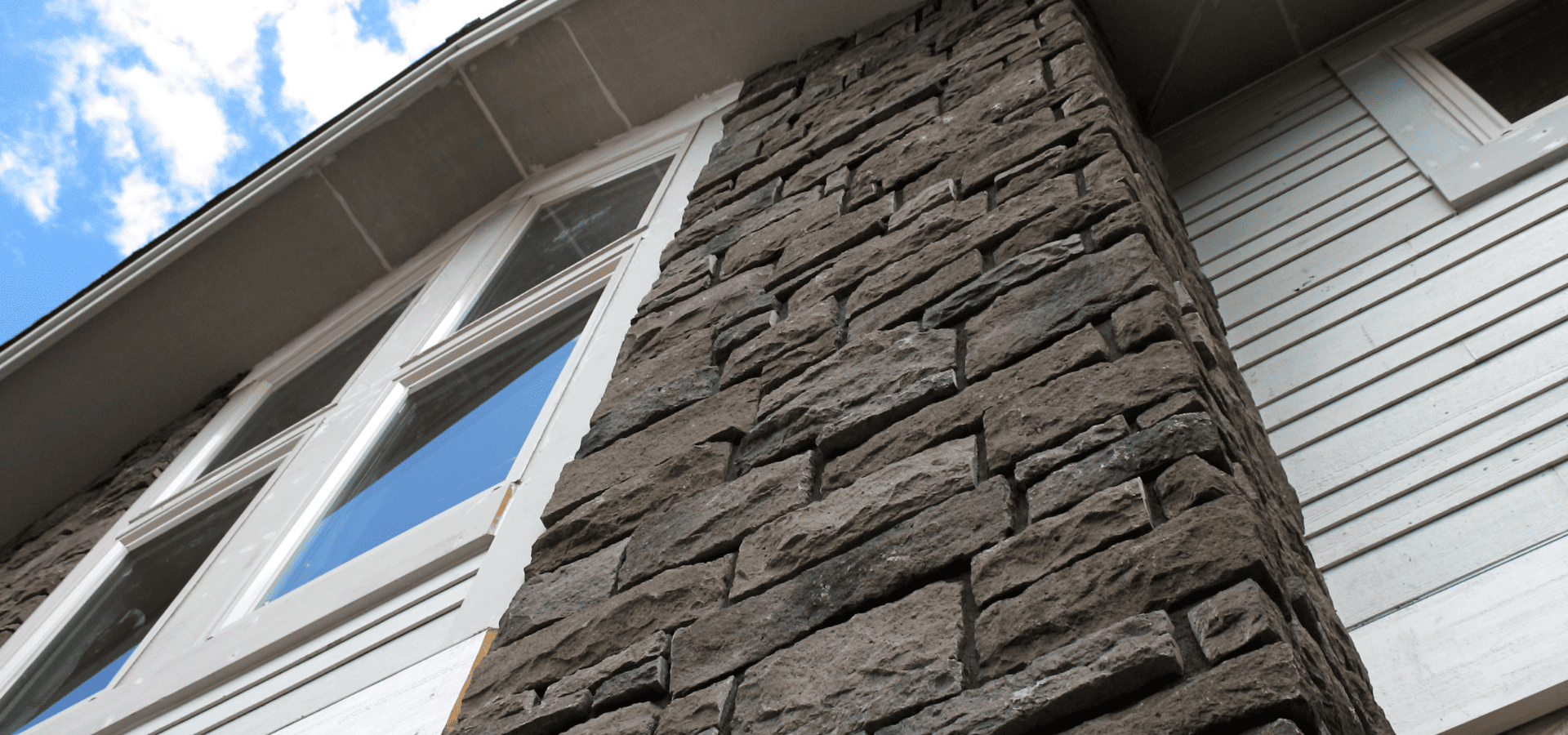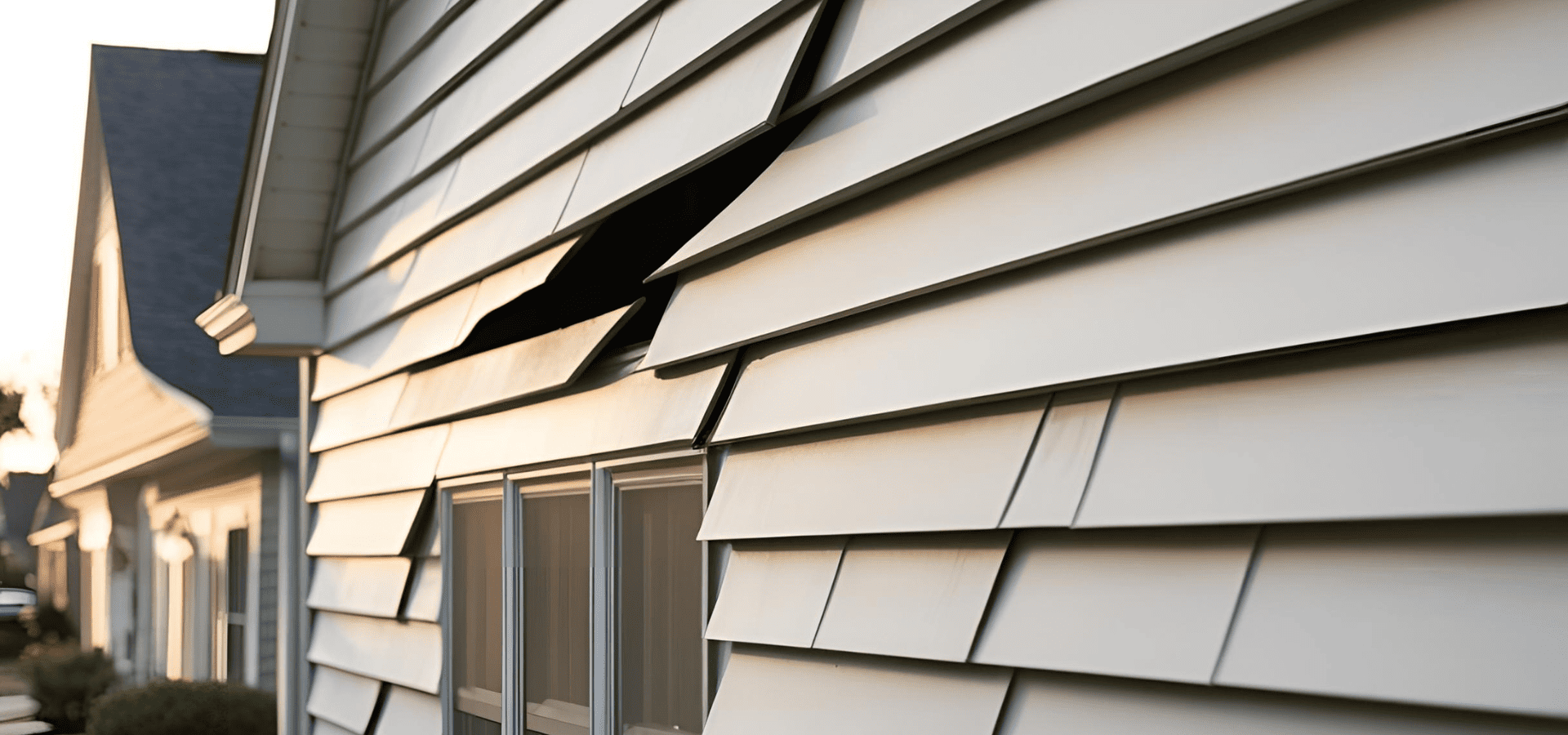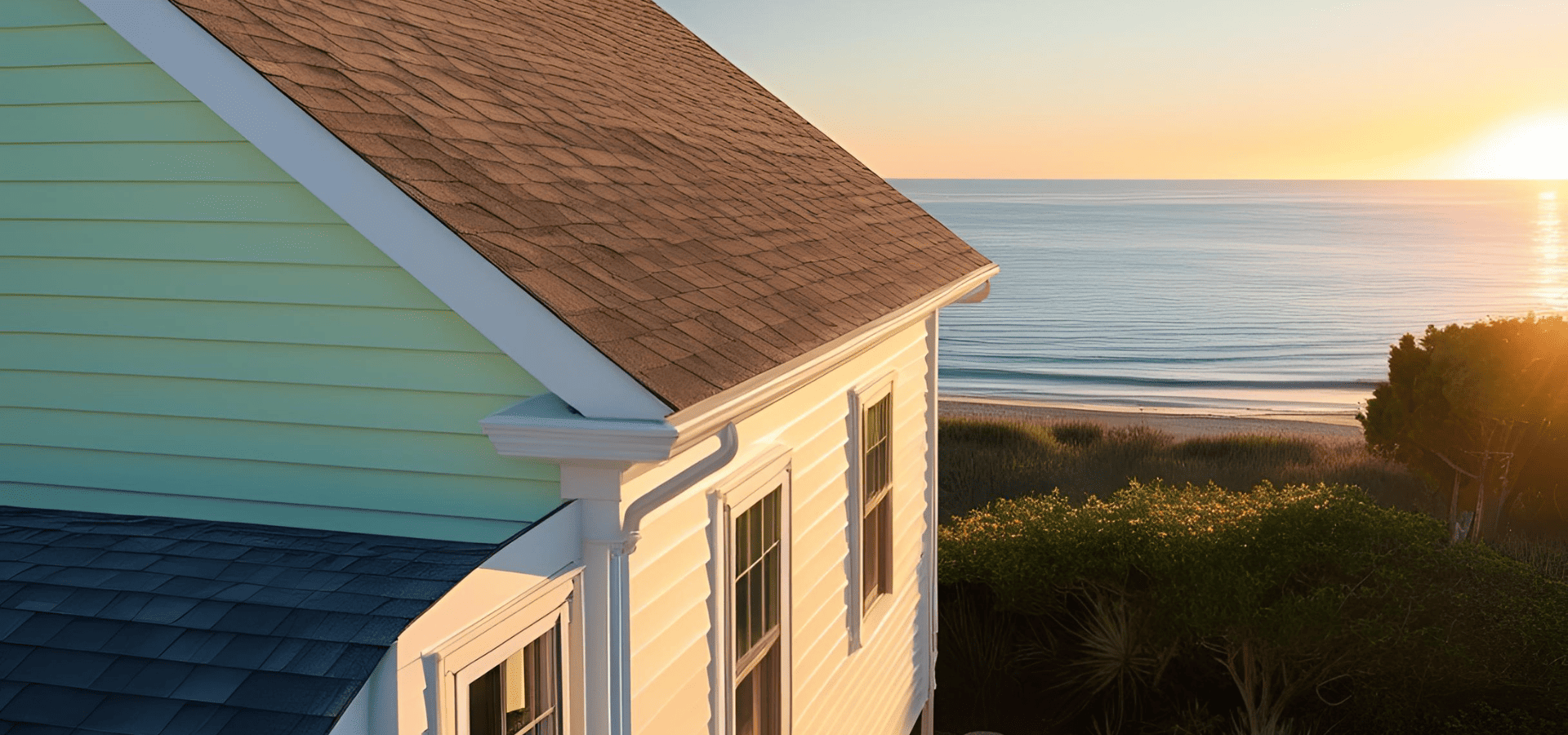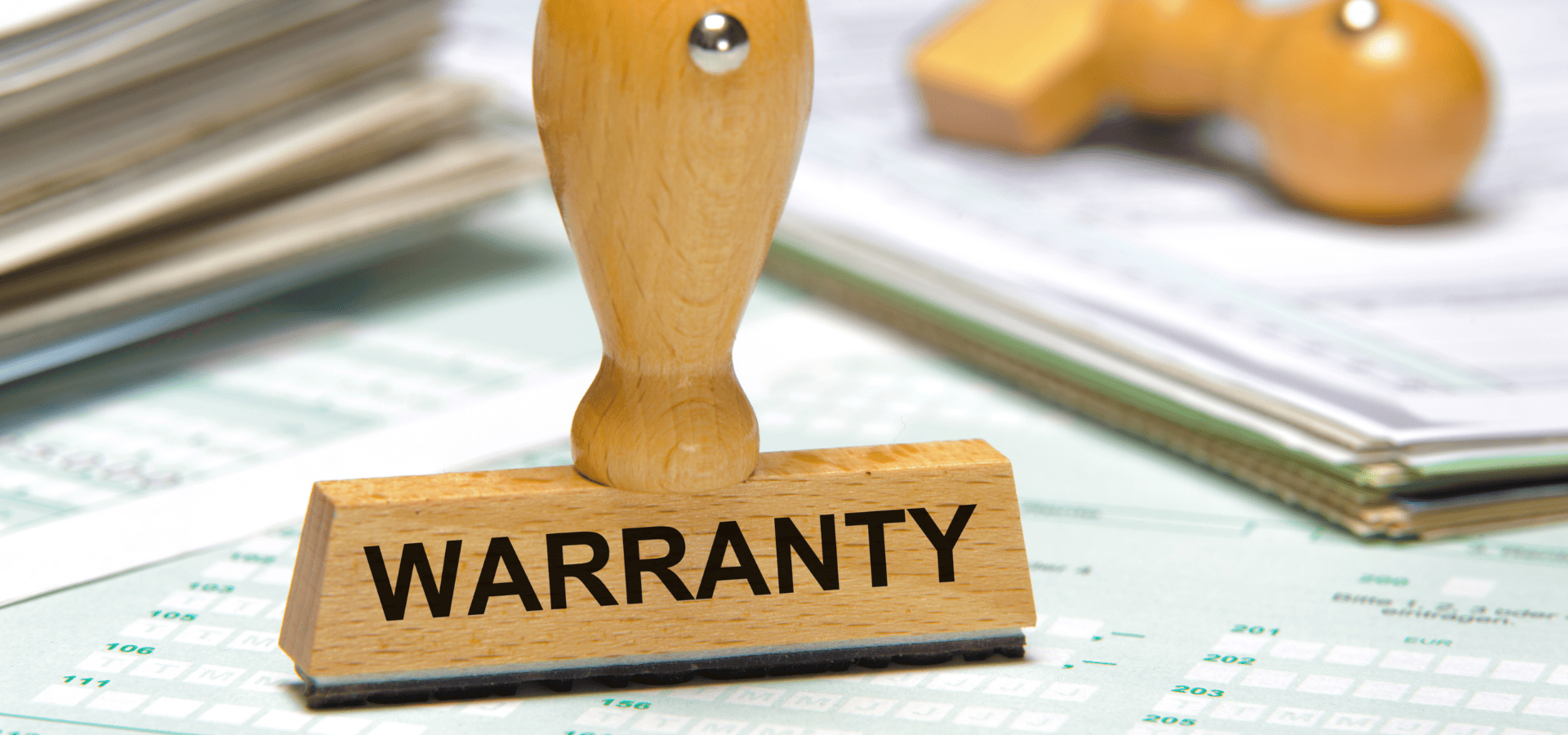Fire-Resistant Siding Guide
With wildfire occurrences becoming increasingly often, it's always better to be safe than sorry.
Furthermore, even sparks from electrical devices or cigarette butts can ignite a flame and cause huge fires.
As such, fire-resistant siding is becoming increasingly essential. Fire-resistant siding will slow down and even stop fires outright, keeping your home safe.
But that's not all. Fire-resistant siding can also help you get lower premiums on your home insurance.
The good news is, fire-resistant siding isn't any special material that's particularly expensive. On the contrary, many common siding materials are actually fire-resistant.
The key is to know which ones to get, and that's exactly what we'll be covering in this article.
Fire Rating
First off, this section will clarify one of the most important ratings we'll be using throughout this article.
Fire rating is a rating of how well a material can resist fire and withstand exposure to it.
This includes how non-flammable it is and how long it can withstand high temperatures without degrading or breaking down.
In short, it's a measure of how well it will protect you and your home against fires.
The three ratings are Class A, B, and C.
Class A is the most non-flammable and able to endure high temperatures without breaking down.
Class C is the weakest and provides the least fire protection among the three, and Class B is in between classes A and C.
Note that even Class C materials will protect you against fire, just not as well as the other two classes.
Materials that do poorly against fire won't even have fire ratings, so even Class C-rated materials will still provide some fire protection.
Class C materials can be used for areas with lower wildfire risks.
However, for the best protection, we'll be sticking with only Class A materials for this article, especially since they're not significantly more expensive.
Insurance companies also recognize Class A materials more readily.
Now that you know what fire ratings are, let's get into what you came here for–the best fire-resistant siding options.
1. Brick And Stone Veneer

It goes without saying that you can't set bricks or stones on fire, so they've got non-flammability down.
Everyone knows bricks and stones are very robust materials too, so they can withstand very high temperatures without breaking down.
As such, both brick and stone veneer have a Class A fire rating, meaning they'll protect your home as well as any other siding option on the market.
No material is completely fireproof, as any material will break down in high enough heat. However, brick and stone veneer are about as good as it gets.
In terms of aesthetics, both brick and stone veneer give off a timeless and even slightly high-end aesthetic.
Price-wise, both brick and stone veneer are on the higher end. Installation costs are on the higher end too as brick is heavy and stone veneer’ installation is more complex.
Stone veneer is the more expensive of the two and is actually one of the most expensive siding options.
However, while both brick and stone veneer are going to take a bigger chunk out of your wallet, they are well worth the investment.
They don’t just look good and protect against fire, but they’re also extremely durable and will last for many decades and even a century.
On top of that, they require minimal maintenance, often just cleaning with water and the occasional sealing for some stone types.
Overall, you may be spending more upfront, but in the long run, you’ll be replacing them less often than with cheaper alternatives and spending less on maintenance too, saving you money over time.
2. Stucco
Stucco is another siding material that’s also Class A fire-rated.
Stucco is made from cement, sand, and lime, all non-flammable materials, so stucco is non-flammable.
In terms of toughness, stucco can resist pretty high temperatures too, thus earning it its Class A rating.
Like brick and stone veneer, stucco doesn’t require much maintenance either, just the occasional wash, and it has a long lifespan of usually at least 50 years.
Stucco is cheaper than brick and stone veneer though, because it isn’t as robust overall.
It’s able to withstand high temperatures, but it’s prone to cracking in regions with frequent temperature changes that cause expansion and contraction or where there’s more seismic activity.
It’s also generally considered to be less aesthetically pleasing than brick or stone veneer.
Still, stucco is a mid-range option that won’t stress your wallet too much, so the tradeoffs are only to be expected.
Note that you won’t be able to install stucco yourself, as it’s relatively difficult to install. You could, but there’s a high chance that you’ll screw it up and waste the material or an ugly finish, so it’s best to leave it to professionals.
The installation is costly due to the complexity, but this has already been factored into its price. Overall, stucco is still a mid-range material.
3. Fiber Cement

Fiber cement is a highly popular material, and for good reason. It’s very versatile aesthetically, durable, and relatively affordable.
Fiber cement is made of cement, sand, and cellulose fibers, thus its name. Cement and sand are non-flammable, and cellulose fibers, when blended with these two materials, also become non-flammable.
Fiber cement is generally quite a robust material, so it’s capable of enduring high temperatures without breaking down. This, along with its non-flammability, is what gives it its Class A rating.
In terms of price, fiber cement is actually one of the most affordable siding options.
So you might be wondering. If it seems to be able to do what higher-end alternatives can do, withstand fire, withstand the elements, and even withstand the test of time, why is it so much cheaper?
Well, for starters, it isn’t actually as long-lasting as the other options. Fiber cement typically lasts about half as long as brick and stone veneer, and about 10-20% shorter than stucco.
More maintenance is required too, so those costs can add up over time.
Finally, fiber cement may look modern, but it’s not as timeless and elegant as brick and stone veneer.
All in all, this is another case of saving some costs upfront but paying more in the long run on maintenance and eventually replacement.
4. Metal

You’ve never seen metal on fire, have you? Everyone knows that metal just can’t be set on fire as it’s non-flammable.
Metal is also very robust, especially thicker pieces, and it melts only under very high temperatures.
As such, it’s no surprise that metal also has a Class A fire rating.
Metal is non-porous too, so it allows no water to pass through. This means rotting is out of the question, and pests will find it hard to sneak into any holes anywhere.
It’s also very low-maintenance like brick and stone veneer and has a similar lifespan as fiber cement of 50+ years.
Metal is a mid-range siding option and is also quite easy to install, so you can DIY the installation and save on the professional.
For modern homes, metal is a great choice and will give your home an industrial, sleek aesthetic.
Having said that, metal comes with its own set of problems.
The most obvious one is rust. Some metals like aluminum are corrosion-resistant, but many metals can rust easily if not treated, so corrosion-resistant coatings are important for metal siding.
Another common issue with metal siding is denting. Metal can dent on impact. Even branches and hail can cause metal to dent, so you may have to perform repairs fairly frequently.
Having said that, the denting is usually minor and won’t affect the structural integrity, so you won’t even need to perform repairs if the dent isn’t obvious.
All things considered, metal has pretty much similar qualities as fiber cement, just sleeker and requiring lesser maintenance, but more prone to denting and rusting.
Price-wise, they’re quite similar when you factor installation in, though metal has a slight edge if you DIY the installation.
Conclusion
It should be apparent by now that you have a variety of fire-resistant siding options to choose from and that they won’t cost you any more than you would if you used regular siding materials, because they are regular siding materials.
Fire-resistant siding may not always stop a fire, but it’ll definitely delay it, giving you crucial time to evacuate.
Even if your home is insured and you don’t have to worry about the financial burdens if you lose your home, there’s still the matter of your family and your safety.
And even if you’re financially covered, it’s still going to be extremely disruptive to have to get a new home and purchase the lost items, and any items of sentimental value can’t be replaced.
In addition, with a variety of fire-resistant siding options, there’s going to be one for you, whatever your home’s aesthetics or your local climate. You won’t have to compromise and settle for a material that doesn’t look as good on your home or won’t do well in your local climate.
So there’s really not much reason to not get fire-resistant siding. It won’t cost you any more than normal materials will, and they keep your home safer while possibly lowering your insurance premiums.
If you’re worried about installation, just ring up Dallas Siding Pros, and we’ll not only ensure the
siding installation in Dallas, TX, is top-notch, but also help you choose the best one for your home.
You might also like



